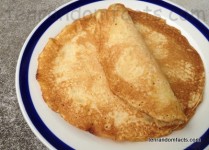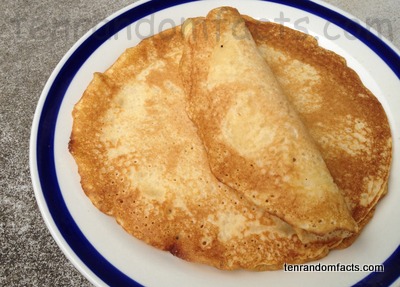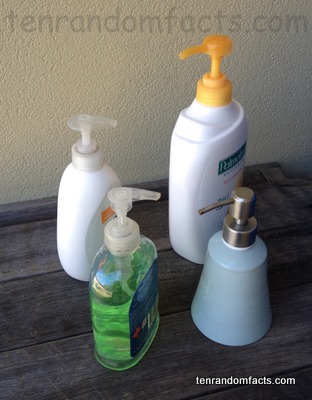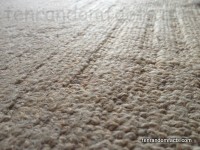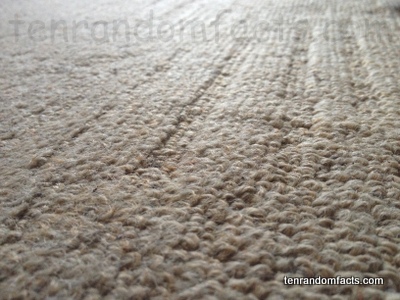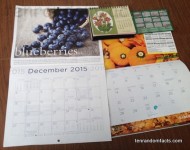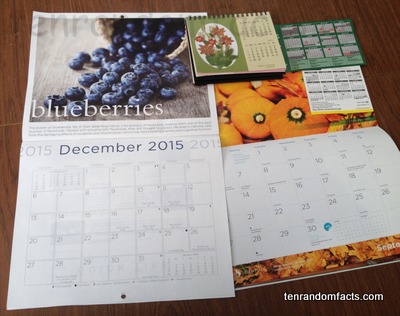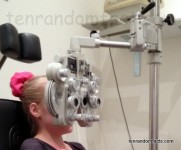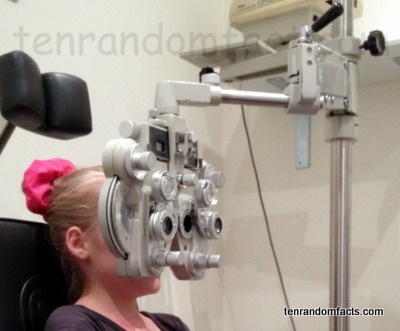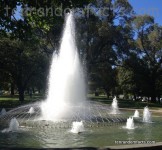
You can watch fountains for simply ages.
- Fountains are structures that generally pour or spurt water, often upwards, and then typically collects in a reservoir.
- Fountains are commonly used for ornamental purposes, although they can be used as drinkable water sources or to bathe.
- The earliest known fountains were created by Ancient Greeks in the 500s BC, and they utilised gravity to pull water from aqueducts that were situated at a higher level, to make drinking water available to residents of the cities.
- Fountains can have water that sprays, bubbles, or overflows, and they are usually found out of doors, however the may be installed inside buildings.
- Large public drinking water fountains were mostly discontinued by the 1900s, however small variants emerged, typically able to be activated by the user, and modern ones are commonly found in parks, schools and sports centres.
- In 2015, ‘King Fahd’s Fountain’, which spurts salt water in the air to heights of 260 metres (853 feet) or more, was the highest, permanent, constant fountain in the world, and it is located in the Red Sea in Jeddah, Saudi Arabia, in the Middle East, and started operating in 1985.
- Fountains are often ornately sculptural or artistic in form, and can be stylised and decorated, however more contemporary pieces are generally sleeker and plainer.
- Some fountains are engineered to coincide with music, and also lights, using a computer-based program for spectacular displays.
- Some fountains are used as a method for humans to cool down during hotter days, with people being able to move under the sprays of water.
- Modern fountains usually utilise pumps, typically powered by electricity, often to spray water in an upward direction, and those used for ornamental purposes typically reuse the same water by recirculating it.
Bibliography:
Fountain, Wikipedia, 2016, https://en.wikipedia.org/wiki/Fountain
Moffat C, Fountains: Sculpture of Water, Bronze & Stone, 2010, Fountains in Art History, http://www.arthistoryarchive.com/arthistory/sculpture/Fountains.html





